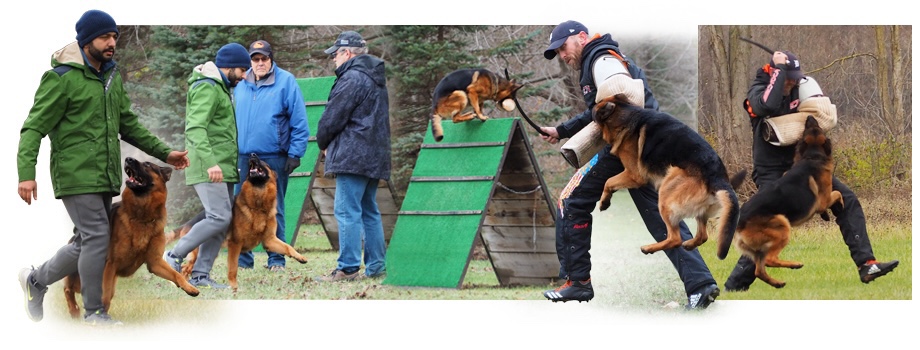In contemporary society, particularly within the portrayal of animals in various forms of media and cinema, we often witness a prevalent tendency to attribute human qualities and emotions to our beloved canine companions. This inclination sometimes leads pet owners to nurture unrealistic expectations, presuming that their dogs possess an innate ability to decipher their thoughts and emotions.
It’s imperative to recognize that dogs, irrespective of the language spoken around them – whether English, Hindi, German, or Chinese – don’t possess the linguistic comprehension we do. What they truly comprehend and react to are the non-verbal cues we emit, such as our body language, gestures, and overall demeanor when interacting with them.
The crux of effective dog training hinges on the fundamental concept that you and your four-legged friend are a unified team. This partnership requires concerted effort from both sides, with each member facilitating the other’s success.
Imagine dog training as a sophisticated game of word association or an animated round of charades. It involves guiding your dog toward desired behaviors while sprinkling in incentives to make the experience enjoyable for both of you. In this way, you can establish the foundational blocks of a functional and rewarding training relationship.

